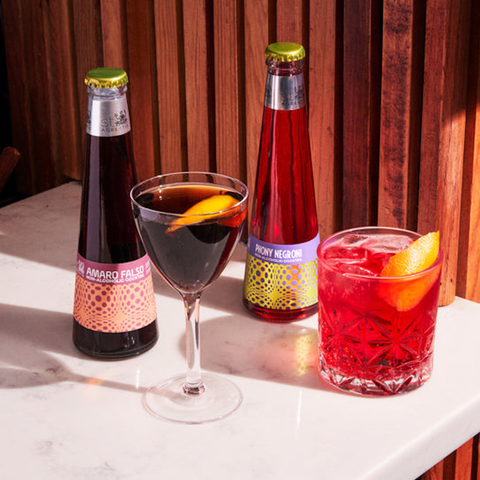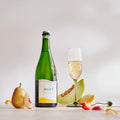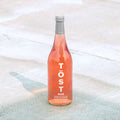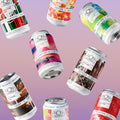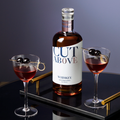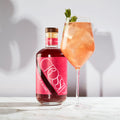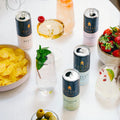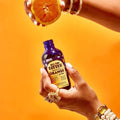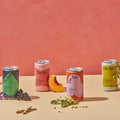Gone are the days when juice and sparkling water made for an acceptable non-alc menu.
Your guests expect interesting alcohol-free options when they go out, and they're willing to pay for them.
Adding a non-alc menu gives sober customers the options they want at equal price points to your existing cocktails, wines, and beers. It's a win win.
We have everything you need to build a non-alc menu that's just as interesting and diverse as your current bar menu:
Frequently Asked Questions
Three main reasons:
- Expensive equipment, technology, additional time and labour are all factors that make the production cost of non-alcoholic wine more than that of traditional alcoholic wine.
- The market is much smaller than that of alcoholic wines, so batch sizes are often done on a smaller scale.
- Additionally, because of the low ABV additional quality control and processing steps must be taken to ensure the product is stable and safe to drink anytime.
Your alcohol-free offerings should generally be priced in line with your alcoholic drinks. Regardless of whether or not the end product contains alcohol, making a good wine, beer, or spirit requires care, creativity, innovation, and precision.
It's important to remember: the value of a beverage isn't in its alcohol content, but in the flavours, complexity, and experience of drinking it.
De-alcoholized wine starts out as regular wine, and then has its alcohol content removed.
Non-alcoholic wine typically contains no alcohol to begin with. The fermentation process is stopped before the sugar is converted into alcohol.
Wine alternatives (a.k.a. Wine “proxies”) are not wines at all, but rather a blend of things like teas, juices, vinegars, and various extracts and natural flavours.
The most common way to remove alcohol from wine is through a process known as vacuum distillation. Vacuum distillation uses heat to evaporate most of the alcohol in the wine leaving only trace amounts of alcohol.
Another process uses by way of centrifuge. The wine in spun at a certain speed and gentle heat is applied. The first layer to separate is the essence of the wine - aromas and key flavours. This is gently removed and saved. The wine is then spun faster at a higher temperature to separate and remove the alcohol. The essence of the wine is then blended back in.
Sometimes, yes.
Some non-alc spirits are made using traditional methods, including distillation, and then have the alcohol removed, resulting in an ABV of 0.5% or less.
True zero-proof (0.0%ABV) spirits are made by combining flavours and botanicals to recreate the essence of the spirit. These spirits contain no trace of alcohol and are not an alcohol-removed spirit.

